Urinary incontinence, or bladder dysfunction, is common and can impact daily life. Due to stigma and embarrassment, it is rarely mentioned despite its prevalence. If the bladder can't contain urine, it leaks unintentionally. It can affect men and women at any age, but older folks are more susceptible.
Pregnancy, delivery, and menopause all cause bladder problems in women. Menopause hormones decrease pelvic muscles and bladder control. Men may have bladder troubles due to prostate disorders or surgery.
Bladder dysfunction affects physical and mental health. Due to unanticipated leaking, people may avoid social situations, feel embarrassed, or experience anxiety. In severe circumstances, it might diminish self-esteem and independence.
Be aware that bladder trouble is curable. There are numerous ways to treat or remove symptoms. Pelvic floor exercises strengthen urination muscles, dietary adjustments reduce bladder irritants, and behavioral therapy retrain the bladder. Healthcare professionals may recommend drugs or surgery in severe cases.
Understanding bladder dysfunction and receiving treatment early helps. With the appropriate treatment, patients can regain bladder control and live a better life without incontinence worries.



Bladder Dysfunction Types
Bladder dysfunction is varied. Successful bladder dysfunction treatment requires understanding these types. Common categories are:
- Functional bladder dysfunction: Mental or physical concerns delay toilet use.
- Overactive Bladder: Urinating frequently and strongly.
- Overflow bladder dysfunction: Full bladder leaks small urine.
- Stress: Stress and stomach strain from coughing, sneezing, and laughing create incontinence.
- Malfunction: Urinary infections, illnesses, and medication changes cause temporary malfunction.
- Urge Incontinence: Urinating strongly at night.
Bladder Dysfunction Symptom
Early bladder dysfunction diagnosis and treatment can help. Some common Bladder Dysfunction symptoms are:
- Urinating more, especially waking up more than twice a night.
- Urine leakage: Especially after exercise or quick movements.
- Painful Urination: Burns or stings may suggest a problem.
- Urine Blood: Haematuria poses risks.
- Difficulty Emptying the Bladder: Full bladder after peeing.

Bladder Dysfunction Treatment
Several treatments can fix bladder dysfunction. The Bladder Dysfunction treatments are:
- Lifestyle changes: Restrict fluid intake at specific times, increase fiber intake, maintain weight health, quit smoking, and avoid bladder-irritating foods.
- Exercise: Kegels strengthen the pelvic floor and sphincter, improving bladder control.
- Bladder Dysfunction Treatment: Anticholinergics quiet bladder muscles and are recommended for hyperactive bladder.
- Bladder Training: Delaying urinating prolongs pauses.
- Electrical Stimulation: Damaged neurons are activated by electrostimulation, improving bladder muscle control.
- Surgery: Repairing bladder function muscles or nerves may require surgery.
- Alternative therapy: Acupuncture fixes bladder issues.
- Botox Injection: Cystoscopy-injection Botox treats hyperactive bladder.
- Antibiotics: They quickly treat UTIs and bladder dysfunction.
FAQ
Yes, bladder dysfunction can be treated or cured with exercises, drugs, or surgery.
Frequent, painful, bloody, and difficult bladder emptying are symptoms.
A weak bladder causes pee leaks during activities and a feeling of being full.
Check for pain, frequent urination, and trouble emptying. See a doctor if problems emerge.
Some bladder dysfunction types include vaginal childbirth, aging, weight increase, pelvic organ prolapse, chronic constipation, and others. Consult a specialist if you have these Bladder Dysfunction symptoms.








